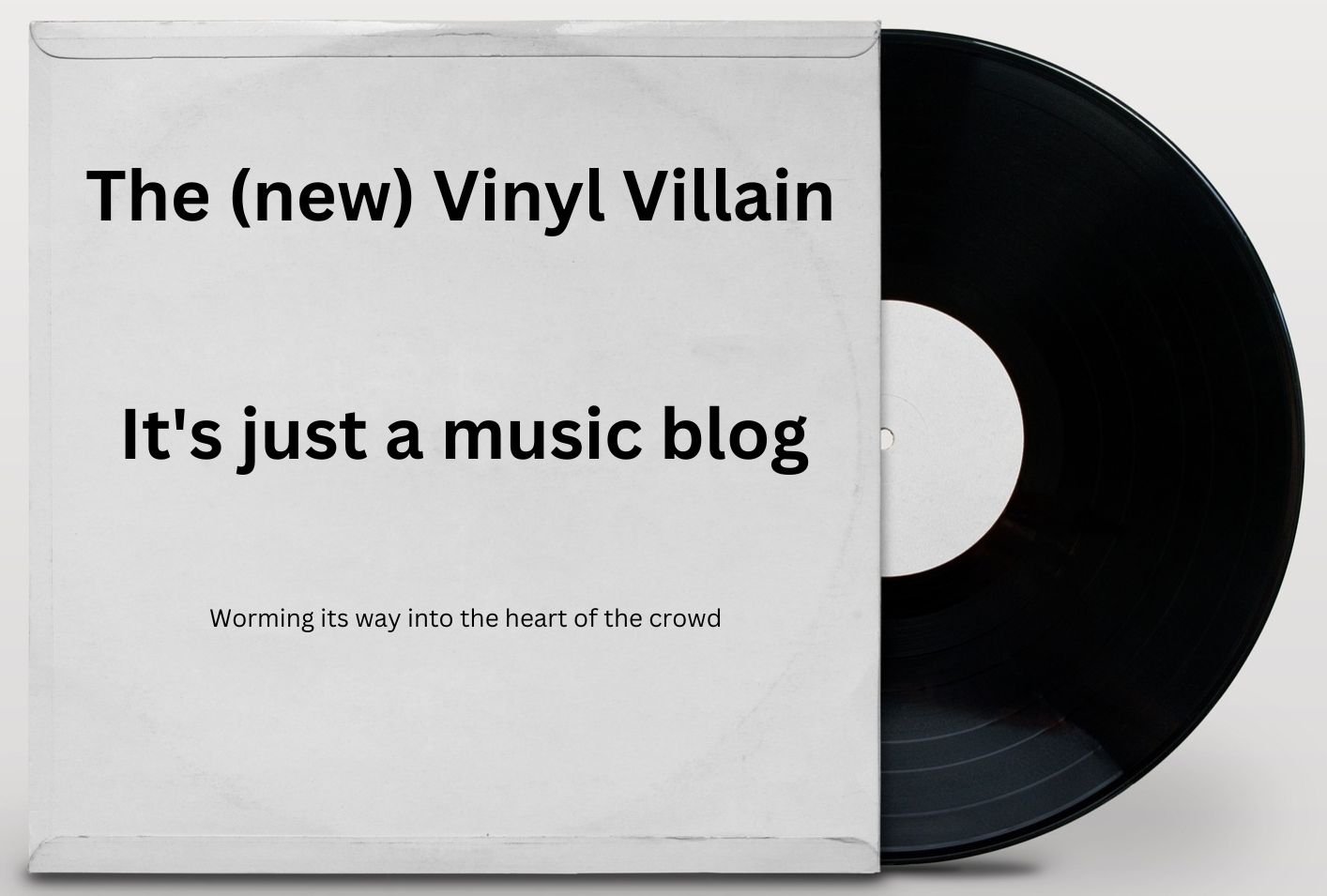
Yesterday’s news of the death of Steve Albini has led to a change of plan on the blog. This was meant to be the slot for Dirk‘s latest guest offering, but that has been put back till early next week.
In terms of Albini’s career as a musician, I can’t really offer all that much up. I have a handful of Big Black tracks, all downloaded from other blogs over the years, but across almost 50,000 tracks on the hard drive of the laptop, there’s nothing by Rapeman or Shellac. The very name of the former is off-putting enough to have them permanently on ignore, while the couple of times I have listened to the latter didn’t lead to any detailed exploration.
I have a fair number of albums in which Albini’s engineering/production skills were utilised, and it’s from those that I’ve very quickly pulled together an ICA as a way of paying tribute. Most of what was written in the hours after the news broke went heavy on the well known and successful bands he worked alongside, but what I think really stands out is his involvement with loads of acts who were more ‘under the radar’, and how he seemed to have an uncanny ability to bring out the very best in all the musicians he worked with (albeit this ICA leans very heavily on the better-known names).
SIDE A
1. Bone Machine – Pixies (from Surfer Rosa, 1988)
The opening track of the debut album by Pixies seems as good a place to start as any. A record that has sold around 1 million copies worldwide since its release, but like anything Albini ever worked on, he received no royalties, thanks to his lifelong practice of charging a flat fee for his involvement. I believe his stance on this was that looking to take any future royalties would be insulting to the band.
2. Have A Go – Spare Snare (from The Brutal, 2023)
Albini came to Edinburgh in late 2022 and worked with Spare Snare in a studio owned and managed by Rod Jones of Idlewild. It was a big thing for Spare Snare as the record marked their 30th Anniversary and the end product turned out to be one of their best and best-received albums. Both parties enjoyed the experience so much that the possibility of having Spare Snare, later this year or early next, head to Albini’s studio in Chicago for further sessions, was being explored. Sadly, it wasn’t to be.
3. Fuck Treasure Island – Scout Niblett (from Kidnapped By Neptune, 2005)
Scout Niblett is an English-born singer-songwriter who has lived and worked in the USA since 2003, basing herself in Portland, Oregon. I became aware of her in 2007 when I caught her live at the Horseshoe Tavern in Toronto, the first gig I went to during my six-month work placement in the city that summer. She was the support act, and I’d never heard of her. In fact, all I knew of the main act, an up-and-coming female singer who went by the name of St Vincent, was that she had previously been in The Polyphonic Spree. I went home that night with three CDs – the debut St Vincent album and two Albini-produced CDs from earlier in the career of Scout Niblett.
4. Heather – The Wedding Present (from Seamonsters, 1991)
I’ve self-imposed a rule of just one song from any band. Otherwise, The Wedding Present would have been all over this ICA. Albini worked extensively over the years with the band, but is probably most loved by fans for Seamonsters, a truly outstanding record in so many ways.
5. Wait In The Car – The Breeders (single, 2017)
The Breeders enjoyed most success with Last Splash in 1993, which just happens to be the only album of the five they have released not to have involved Steve Albini….go figure!!! Wait In The Car was released as a single in October 2017, the band’s first new piece of music in eight years. It really was a superb return to form, leaning heavily on the music that had won then so many fans back in the 90s, and it laid the table perfectly for the later release of the album All Nerve in March 2018.
SIDE B
1. Homewrecker! – Jarvis Cocker (from Further Complications, 2009)
Further Complications was a radical departure from Jarvis‘s eponymous debut album from three years earlier, and it caught out a few people, including myself. It’s one of those albums that I only fell for many years later, when I gave it a second chance while lying on a beach on holiday. Maybe it needed the warm Caribbean sunshine rather than the Scottish wind and rain to make some sense. There’s loads happening on Homewrecker!, with the vocals not kicking in until well over a minute into the song. Dig those horns!!!
2. Buddha – The Auteurs (from After Murder Park, 1996)
Luke Haines was astonished when his record label agreed to his suggestion of having Albini engineer/produce the band’s third (and what proved to be last) studio album. It was all done and dusted in the space of two weeks in March 1995 – Albini never wanted to spend anything more than that amount of time on any one record. It didn’t see the light of day for almost a year, as it was as far removed as could be imagined from the Britpop sound that was all the rage at the time. The album has been described, with great affection, by one critic as a ‘monsterpiece’.
3. Rid Of Me – PJ Harvey (from Rid Of Me, 1993)
All that Luke Haines’ bosses had to do was listen and compare PJ Harvey‘s first two studio albums. It would soon dawn on them that polished pop wasn’t Albini’s calling card, and that more often than not, the end product could best be described as raw and aggressive. Rid Of Me has a huge amount of angry lyrics, a number of which Polly Jean has since admitted were autobiographical, and the genius of Albini is that his work makes the music sound every bit as psychotic and unhinged as the words.
4. Let’s Pretend – Cinerama (from Disco Volante,2000)
Forgive me if I don’t say too much at this juncture as Strangeways will, over the next couple of months, go into a lot of detail about Cinerama within his guest postings on Sundays; I’ve avoided including any of the band’s singles from this era on the ICA, and instead gone with an album track that is one of David Gedge’s very best break-up songs. It also demonstrates that Albini was no one-trick pony in the studio.
5. All Apologies – Nirvana (1993)
Even more quickly than I had envisaged Bone Machine as being the perfect ICA opener, I had decided that this was going to end the ICA. In typical Albini fashion, the recording of Nirvana‘s third studio album was completed in just two weeks in February 1993. The record label bosses weren’t all that happy with the end product, and this led to Scott Litt, best known for his work with R.E.M., to be brought on board to remix the songs that were best reckoned as being suitable singles. All Apologies was one of those. It took until 2013, and a 20th anniversary reissue of the album which included bonus discs, for the original version to finally be given an official release.
If I had taken a bit more time, I might have come up with a different track listing. This one has a lot of gut instinct. But I really wanted the ICA to be timely, and I hope it’s one that you’ll appreciate and perhaps enjoy.




















